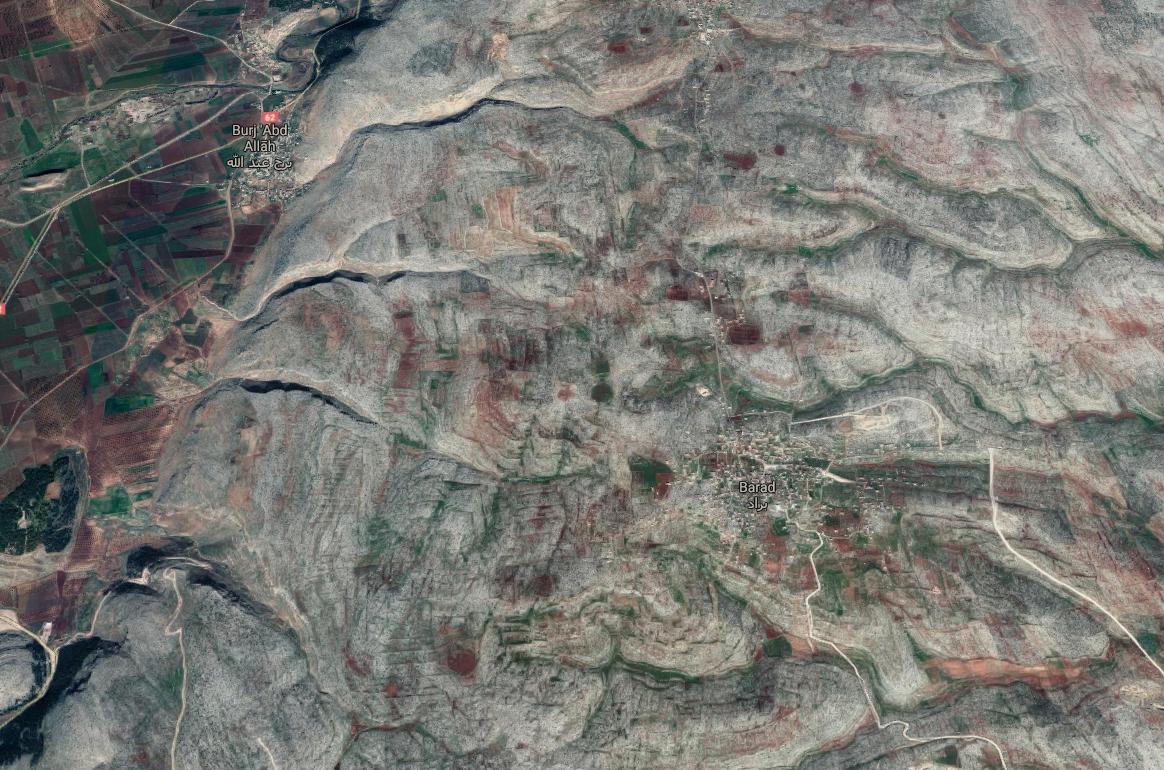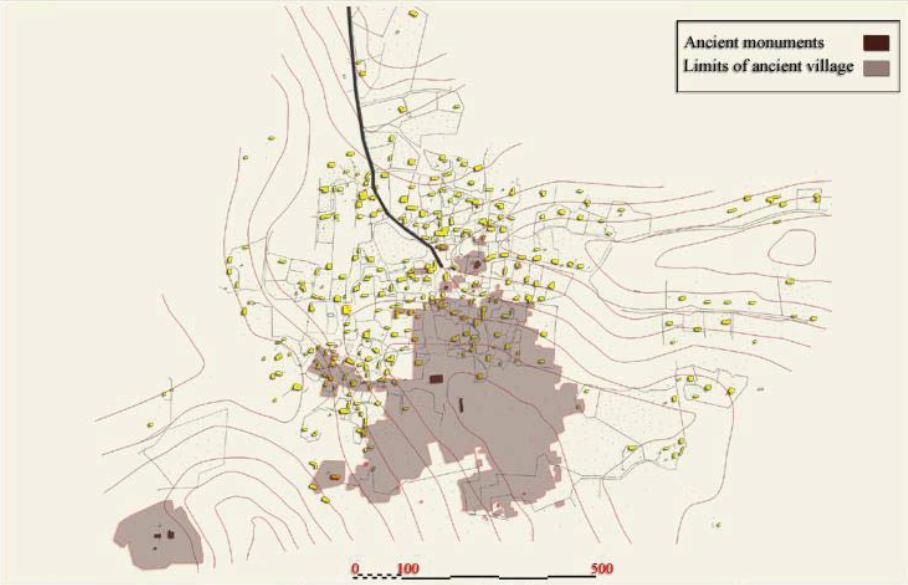You see, the “Dying and Rising” god archetype has fallen out of academic favor. Its considered nowadays a misnomer. The reconstructions used to make the category required some serious mental gymnastics. Plus, the texts used to make the case for them
But let’s assume for argument’s sake that the category is sound, and that there were dying and rising gods before Christ.
Let’s even assume that Jesus is in such a category.
No, and here is why.
1. The Biblical account of creation is in the so-called “creation myth” category. This is not a problem for Jews and Christians, for we accept that the creation account of the Bible is the TRUE account of creation. We may
Actually…some have.
Think I’ve gone nuts?
Think the cheese fell off my cracker?
Better read on…
But some may object, saying that Gorillas can’t walk upright, like the Pongo was said to have done.
Well…
Thus, a real-life flesh and blood Crypto “Hominid”.
A real life, flesh and blood “Hairy Wildman of the Woods.”
And he is not alone…
Indeed, what if I told you…that you could find it at your local zoo?
Think I’m crazy again?
Think I need to spend some time in a rubber room?
Not after you read the following…
And what did the Yeti turn out to be?
Ursus arctos isabellinus.
The Himalayan Red Bear.
A subspecies of brown bear.
In other words…
Well, that’s a good description of the Teh-lma and the Meh-teh…but not the Dzu-Teh.
You see, people native to the Himalayas have always called the
Keep in mind: Bears are man-like in many ways (similar shaped hindfeet, can stand upright, are omnivores like us, and when skinned look similar to a skinned human. Indeed, one can imagine how a standing bear, if it is looking skyward, can
Thus, the “Giant” Yeti actually exists, and it has been standing right in front of us all along.
They ARE yetis!
Pretty amazing, huh?
Not as amazing as the Bondegezou, aka Dingiso...
Hairy, man-like (remember what its name means, and its method of climbing down trees) and lives in the woods?
Hominid!
Wildman of the Woods!
Years later, Tim Flannery actually discovered this animal, and eventually showed to the world that it was not
And…are you ready for a surprise?
It wasn’t an ape.
It wasn’t a man.
It was…a new species of TREE KANGAROO!
Pongo, Ngila, Dzu-teh, Orangutan and Bondegezou. All hairy “wildmen” of the woods who turned out to be real.
They fit a crypto-zoological category that mostly entails creatures not proven to exist, creatures considered myth by the majority of
Just as Jesus, though at one time placed by some in the “Dying and Rising God” category…is likewise REAL, recognized as a true historical figure (as mainstream history books show).
Jesus is real.
Sources:
“The Case for the Resurrection of Jesus” by Gary R. Habermas and Michael R. Licona, 89-92
“Man Myth Messiah” by Rice Broocks, 124-26
encyclopedia.com/environment/en…
Crypto-Zoology: A to Z’ by Loren Coleman and Jerome Clark, 24-26, 46-47, 172-73,189-91, 242-43, 252-57
books.google.com/books?id=P8ca5…
gorillafund.org/gorillas-walki…
“Unexplained!” (New Edition), by Jerome Clark, 211
“Unexplained Phenomena: A Rough Guide” by Bob Rickard and John Michell, 293
“Sasquatch: True Life Encounters With Legendary Ape Men” by Rupert Matthews, 127, 200
newanimal.org/pongo.htm
“Sasquatch: Legend Meets Science” by Jeffrey Meldrum, 77-79
metro.co.uk/2011/06/12/mum…
blog.wcs.org/photo/2014/12/…
8billiontrees.com/blogs/news/sav…
metro.co.uk/2011/06/12/mum…
“Orangutans: Geographic Variation in Behavioral Ecology and Conservation” edited by Serge A. Wich, S Suci Utami Atmoko, Tatang Mitra Setia, Carel P. van Schaik, page 195
"Bears of the World" by Lance Craighead, 9, 112
“Historical Atlas: A Comprehensive History of the World” (Chief Consultant Dr Geoffery Wawro (1 of 45 historians who worked on the book), 84-85
“The West: Encounters and Transformations” Concice Edition, by Brian Levack, Edward Muir, Michael Maas, and Meredith Veldman, 111-113





















